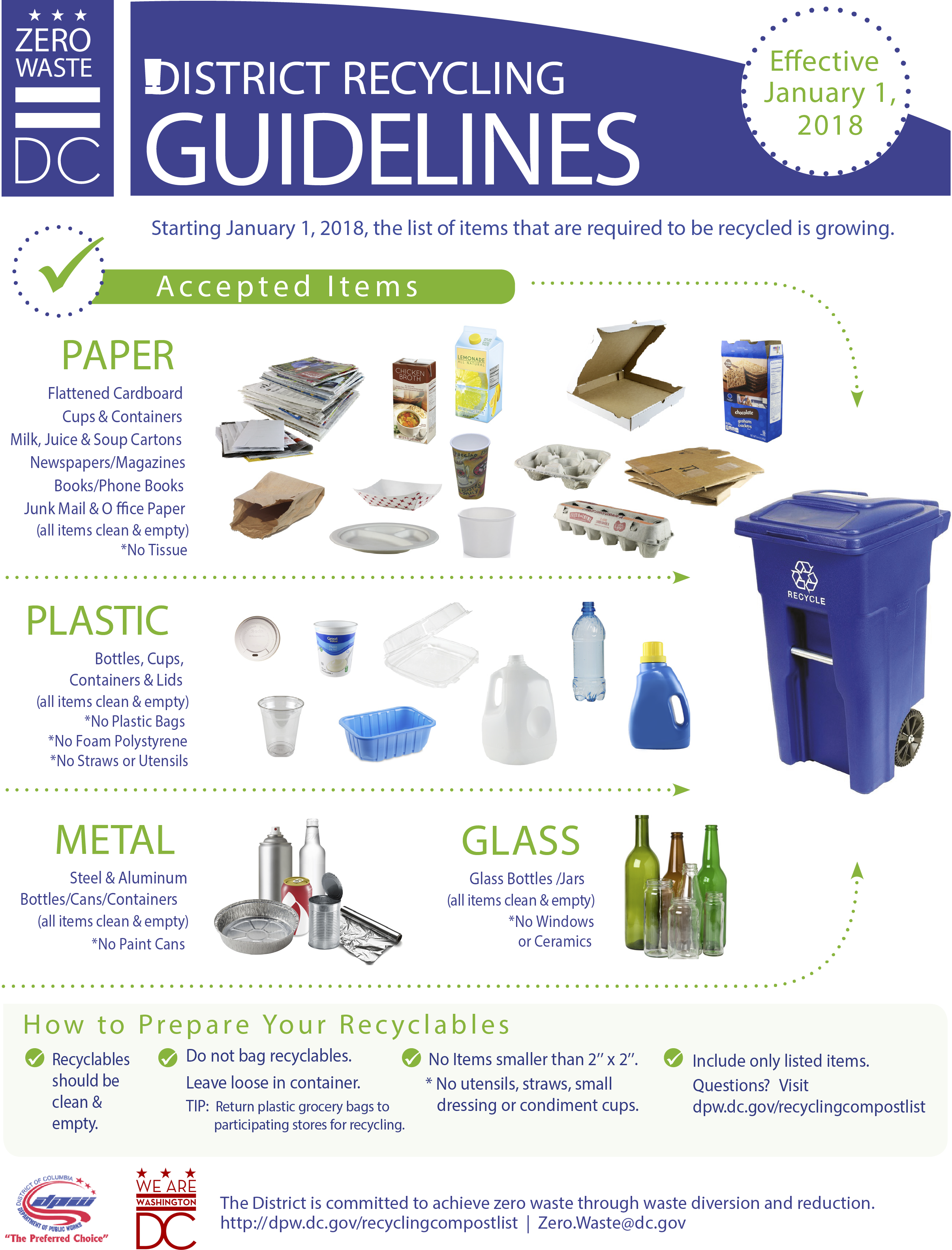Recycling in the USA
Roland Geyer, lead author of a new study conducting the world’s first count of how much plastic has been produced, discarded, burned or put in landfills, has studied various metals and how they’re used and managed. The rapid acceleration of plastic manufacturing, which so far has doubled roughly every 15 years, has outpaced nearly every other man-made material. Half of all steel produced is used in construction, with a decades-long lifespan. Half of all plastic manufactured becomes trash in less than a year, the study found.
According to Jenna Jambeck, a University of Georgia environmental engineer who specializes in studying plastic waste in the oceans, gaining control of plastic waste is now such a huge task that we need a comprehensive, global approach. An approach that involves rethinking plastic chemistry, product design, recycling strategies, and consumer use. The study found that the United States ranks behind Europe (30 percent) and China (25 percent) in recycling. Recycling in the U.S. has remained at nine percent since 2012.
Steve Miller, CEO of Bulk Handling Systems believes robots could let the U.S. make its recycling clean enough for China. The robots use cameras and artificial intelligence to separate recycling from trash in the same way that a person would do it, but faster and more accurately. But these robots are expensive, and thus few companies have them. Recycling companies are considering changing the rules for what's allowed in them or adding an additional bin for paper only to help streamline the sorting process.
Recycling in San Diego
It seems that people do not know well enough what should go in the recyclable bin and what should´t (or are they too lazy?). So, what goes where? It seems every county has a somewhat different policy in what needs to go in the blue bin (recycling bin), but this is what goes in there in general:
- Cardboard and paper (paper bags, shredded paper, paper boxes, magazines, wrapping paper, newspapers and cartons)
- Glass and plastic packaging (bottles, jars and plastic food containers, post, buckets and cups). Also plastic toys.
- Aluminum and cans (aluminum foil, trays)
- Empty aerosol cans
If you are not too sure about whether a certain item can be recycled or not, check the website of Earth911 or Recycle by City. Of course, you can also check your local government´s website on recycling. A few examples are New York, Washington DC, Houston, Atlanta , Los Angeles, Miami.
A great resource for kids about recycling is Nico´s quest for recycling, which you can find here. It’s a great website for kids to learn about reducing, reusing and recycling with tips and fun activities.
Recycling in Washington DC
I agree that recycling more is better for the environment, but we should stop and consider whether it’s worth trading off convenience for a clean, healthy environment. Recycling is a process that happens after all of the plastic has been produced. See why it is better to refuse and reduce than to recycle by looking at the life of a plastic water bottle:
1. Plastic bottles are made of resins derived from oil or refined petroleum and natural gas. Refined petroleum and natural gas are sometimes transported long distances to the plastic manufacturers, using fossil fuel and producing emissions of greenhouse gases.
2. Plastic resins are made by heating hydrocarbons in petroleum and natural gas to extremely high temperatures to break down the large hydrocarbon molecules into smaller ones.
3. Plastic resin, such as PET resin, is melted and injected into a mold, and then heated and formed into the desired bottles.
4. The plastic bottles are transported to the plant where they are filled with water.
5. The filled bottles are transported to the store.
6. The bottle is bought and the water consumed.
7. The empty bottle is thrown away. Some are recycled (27%), but most go to landfills where they sit for hundreds of years.
On an annual basis the production of water bottles in the USA costs:
- 16.4 billion gallons of water
- 17 million barrels of oil
And more than 2.5 million tons of carbon dioxide are released in the production of water bottles in the USA.
Besides these huge costs to the environment it has been proven that bottled water is not necessarily safer than your tap water (I guess maybe that is open for discussion after what happened in Flint, MI) and plastic bottles might leach chemicals into your water.
Read more
Plastic recycling facts and figures
Sources


